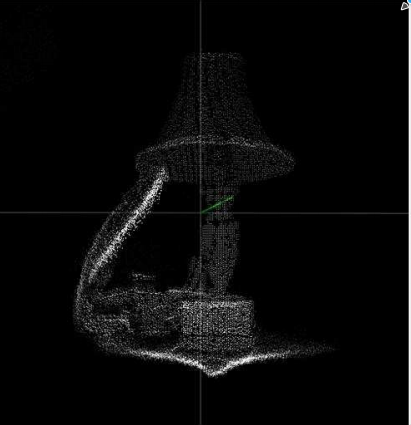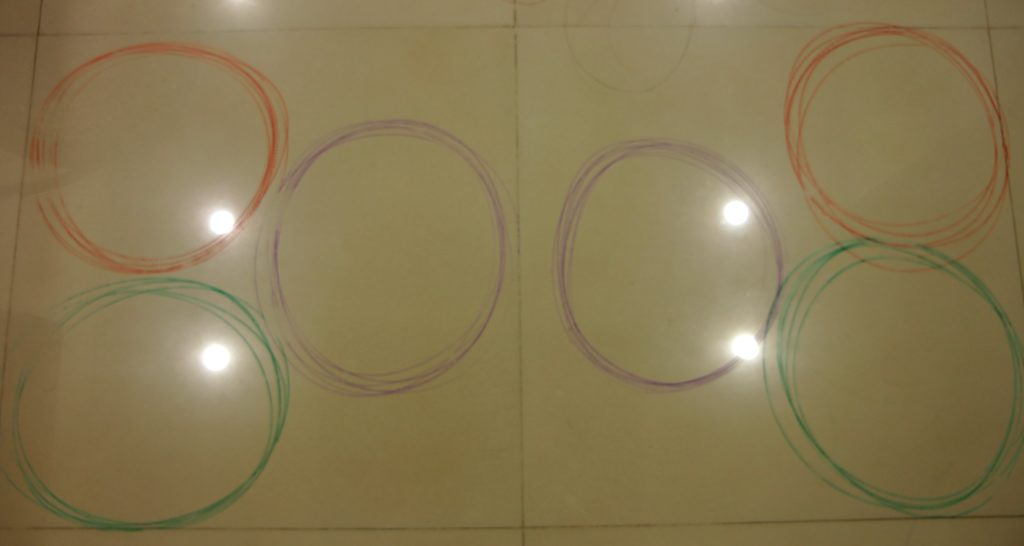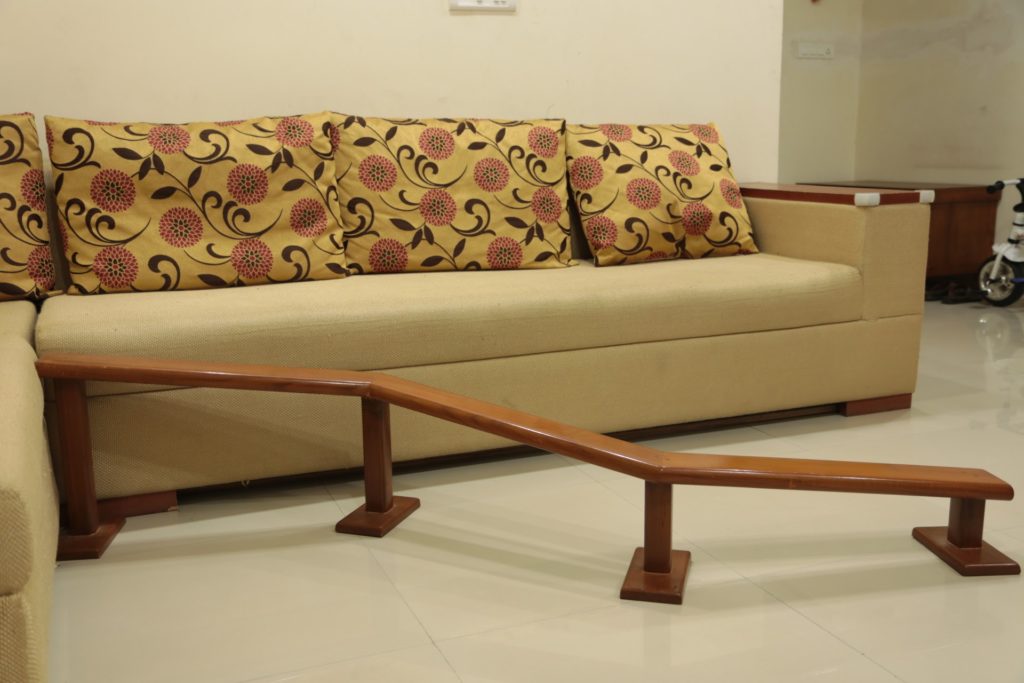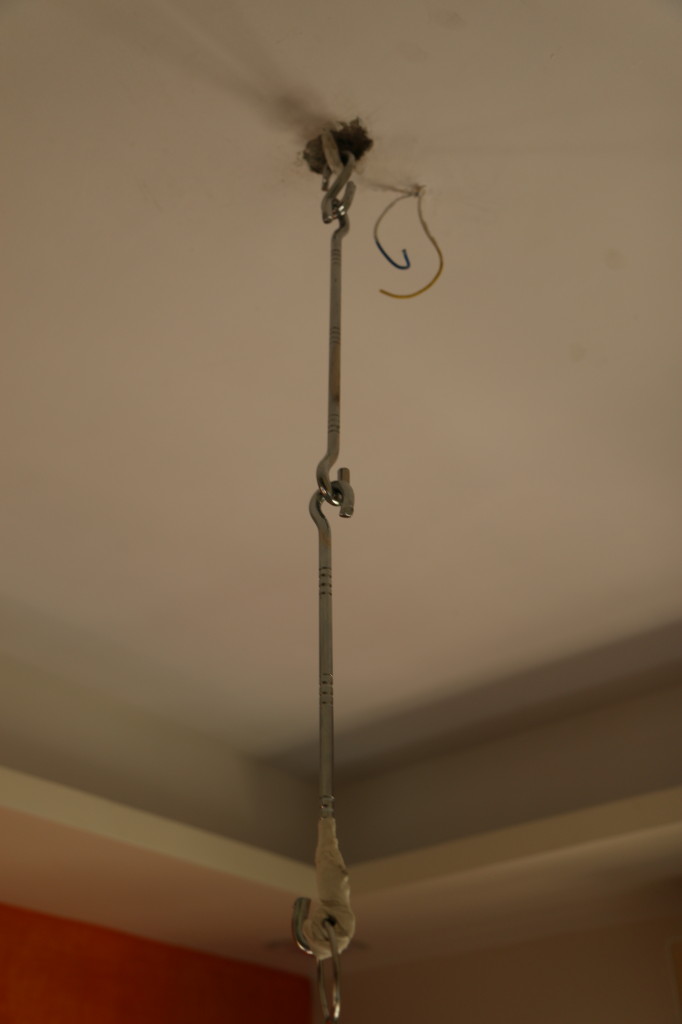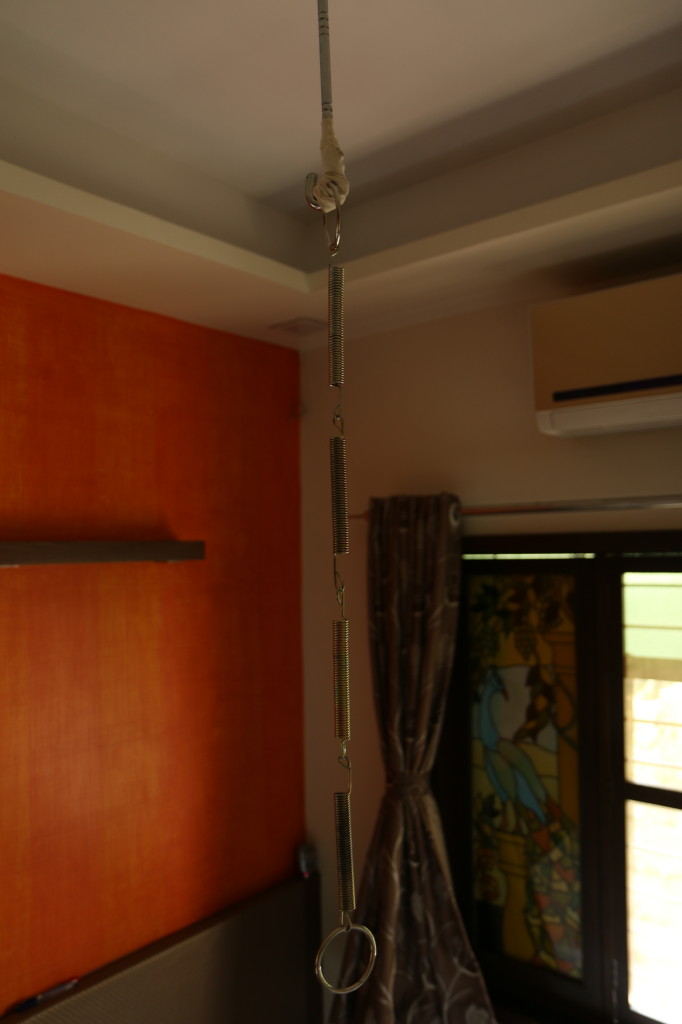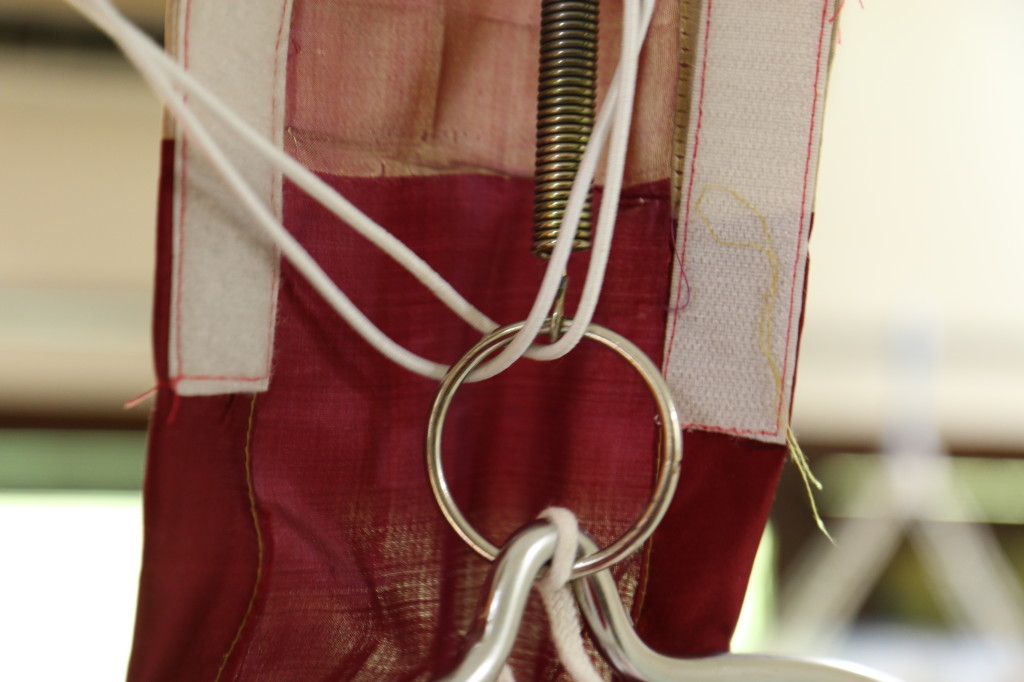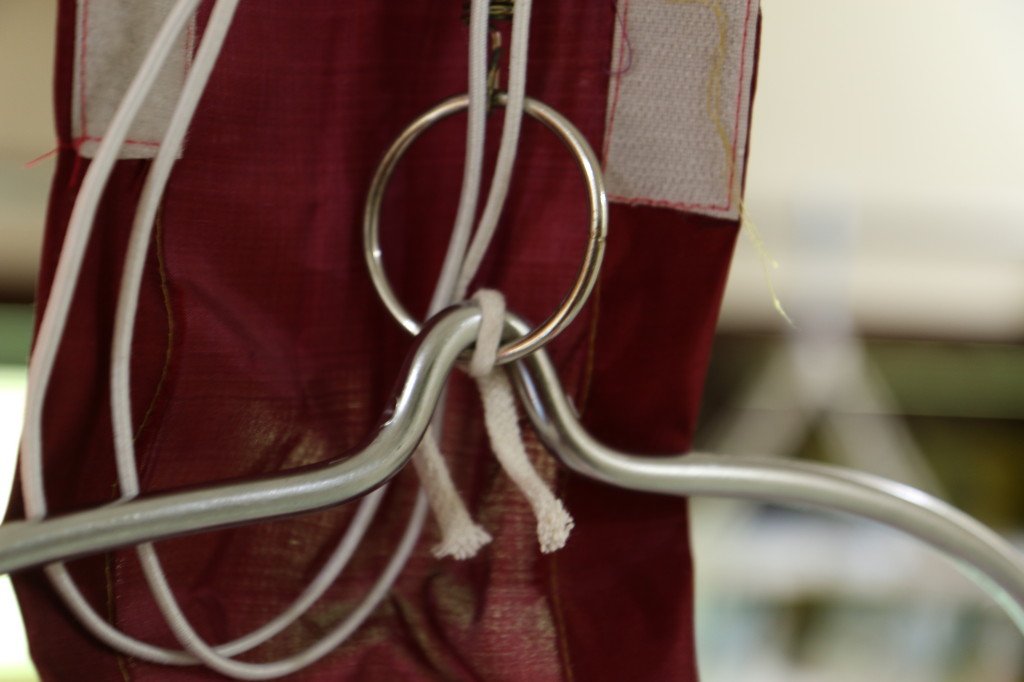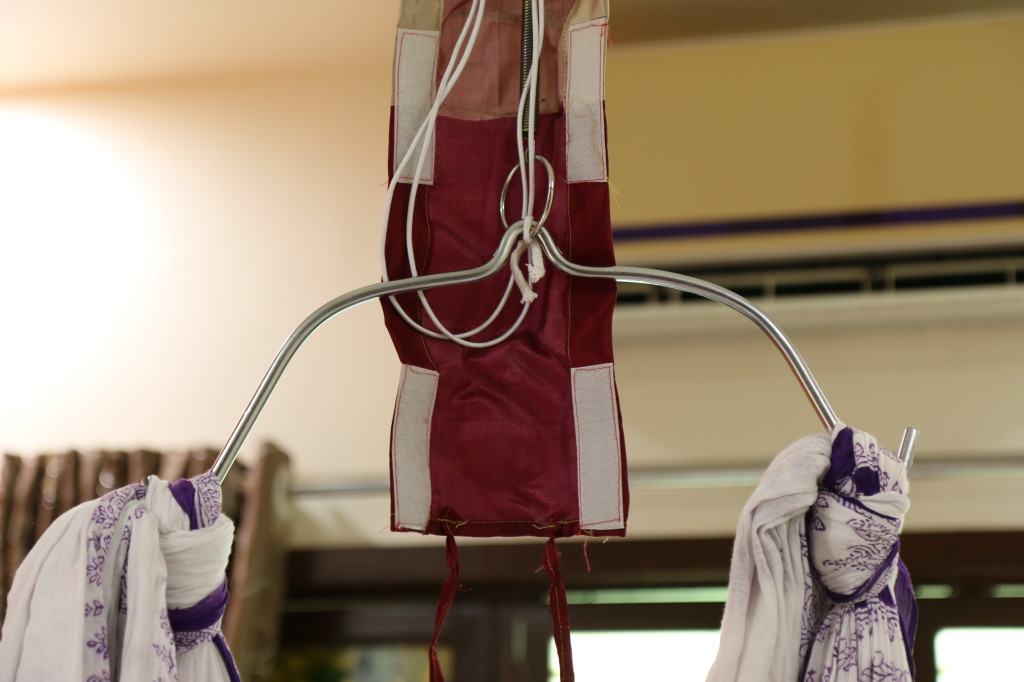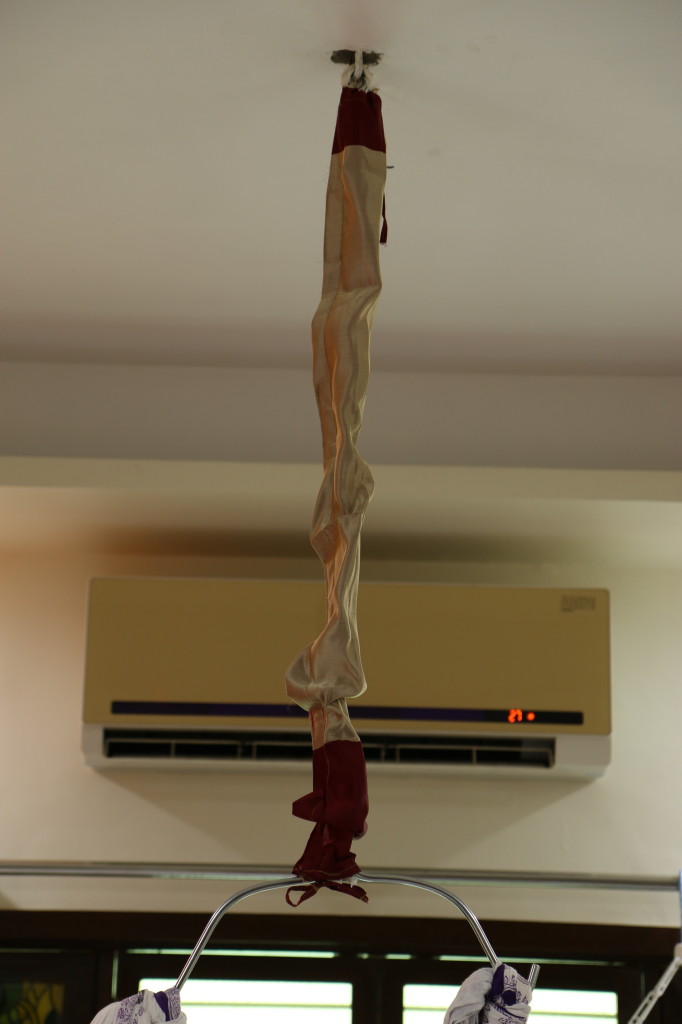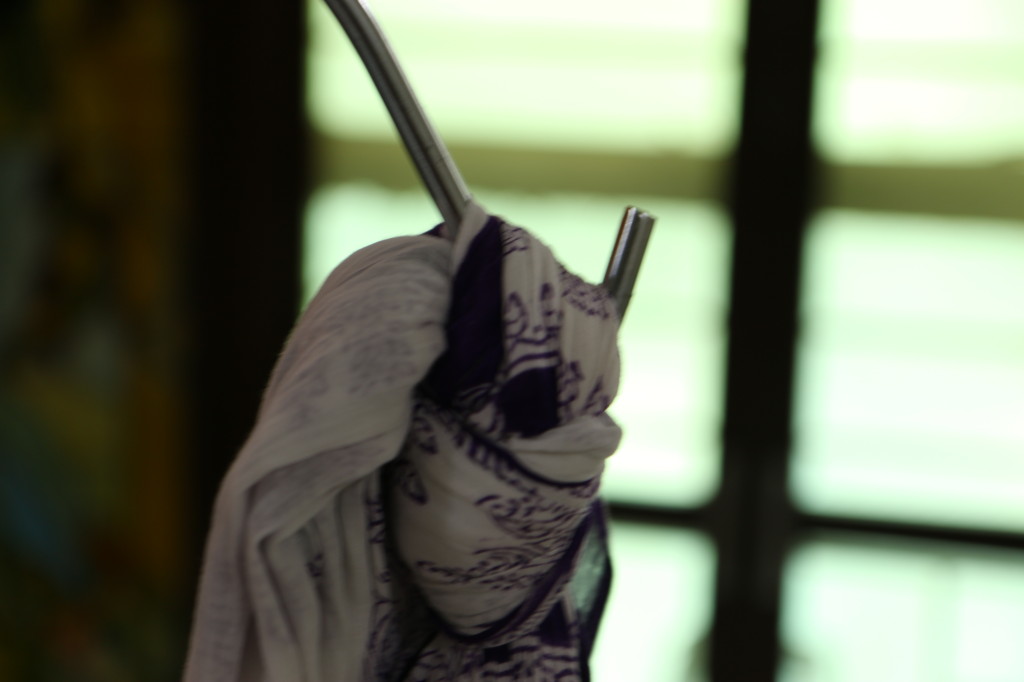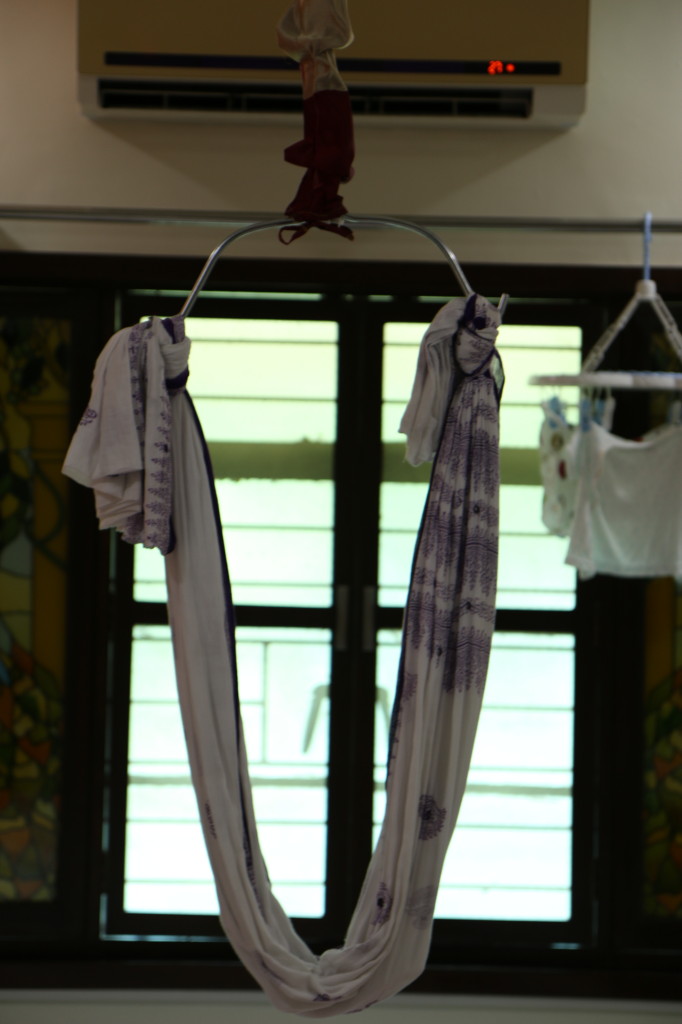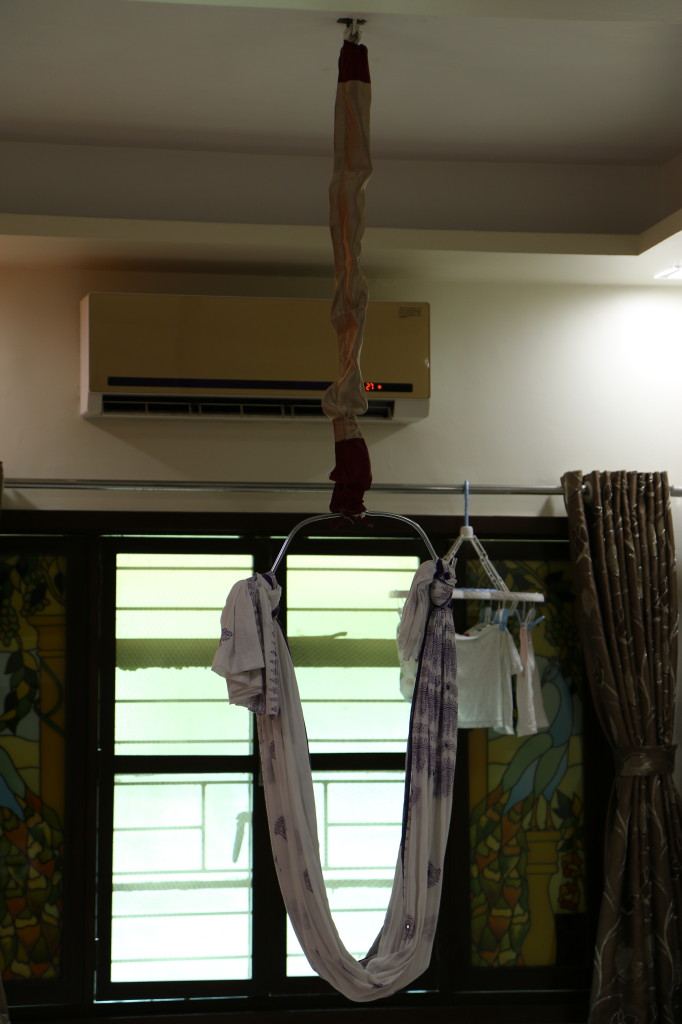Sundays present a unique challenge. As a rule that I have set for myself, I spend the whole day with kids. But finding meaning and continuity weekend after weekend proved to be more difficult than I imagined. In the modern consumer world, where there is a “drop a pill” solution for every problem, it is easy to get lost. Often, I have seen parents putting their kids in so many classes that the kid is booked from morning 10am to evening 5pm with no time to experience and absorb life at leisure. Day dreaming is possible only when a kid is provided an opportunity to get bored. Finding out what one truly loves needs a doze of boredom as well. What one loves is essentially what one does not get bored of.
I was looking for a general class of activities that have reasonable structure with good scope for skill-building, but at that same time provide enough fodder for imagination. Most importantly, my kids should love it.
(This was when she was 2 year old. About 2 years ago)
Looking at Anu hammering nails into a wooden block, I gathered that I may have have passed on my love for carpentry to her. But making carpentry easy for a 4 year old is hard! That is where Balsa comes in.
As a kid back in the school days, getting hands on Balsa in the aeronautics club used be such a privilege. Thanks to Amazon, I can get it in a variety of forms and get it right at my doorstep. To begin with, I have ordered sheets and sticks –
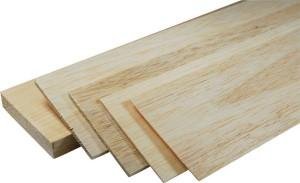

The sheets can be cut easily with a knife/box-cutter such as the one below. (Not to be handled by the kids). I normally involve Anushka in the planning, cut the sheet accordingly and give it to her. The sticks need no tool for cutting. So she can do it by herself. But one can use a good pair of scissors for more precision.
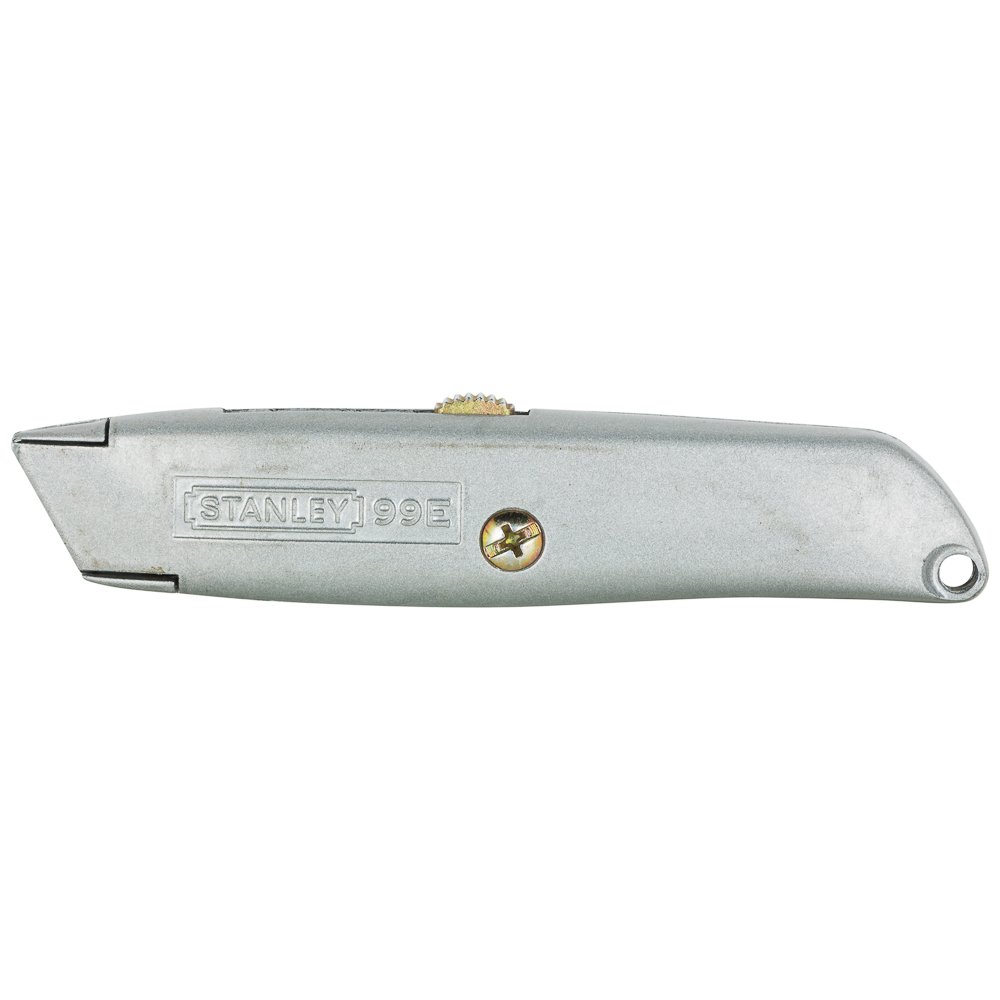
A file (Bastard) is needed for plaining –

The below video explains why we need filing –
And lastly, we need glue (A non-toxic glue that can be easily cleaned, washed)

Hole drilling can be managed with a simple screw driver. No power tools needed.
I have to still help her with the holding and sticking part. But I leave the planning part to her imagination. As a good side-effect, I am getting my chance at being a kid again. Our work over the last few weekends –
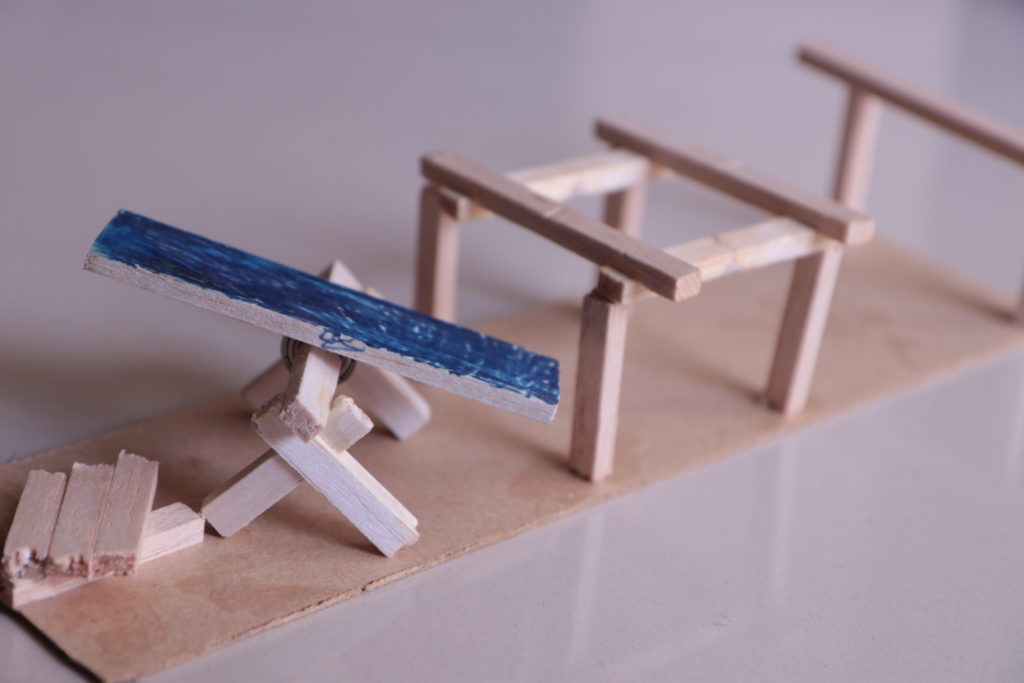
You can see all sorts of random sticking on the left corner, but she seems to have some kind of plan.
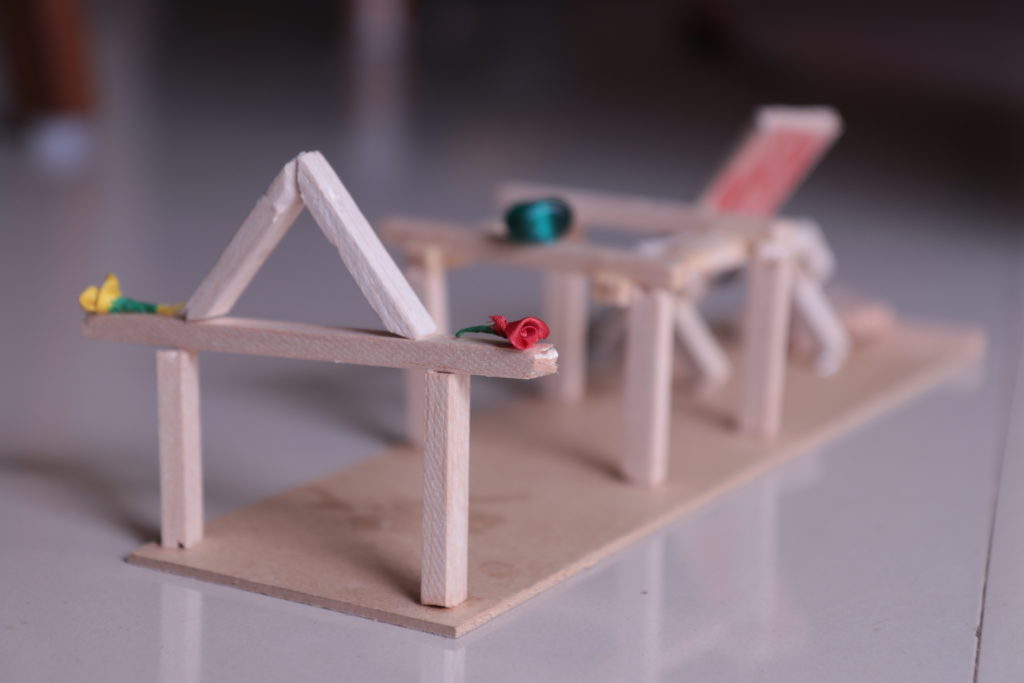
Balsa is also very friendly to coloring. One can use water paint or sketch pens with good ease. Can’t wait to build more cool stuff. I am already building castles in the air… with Balsa.
